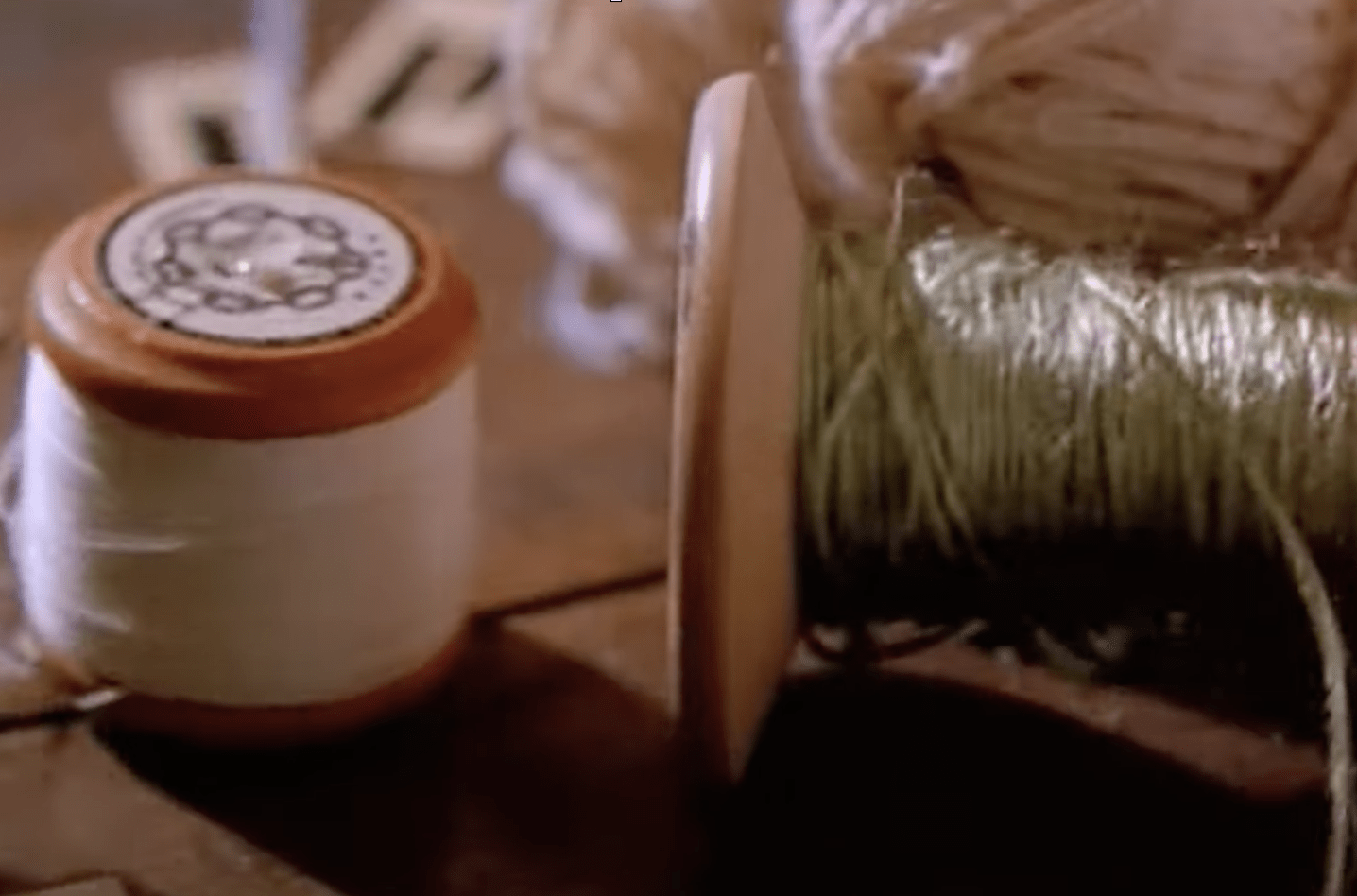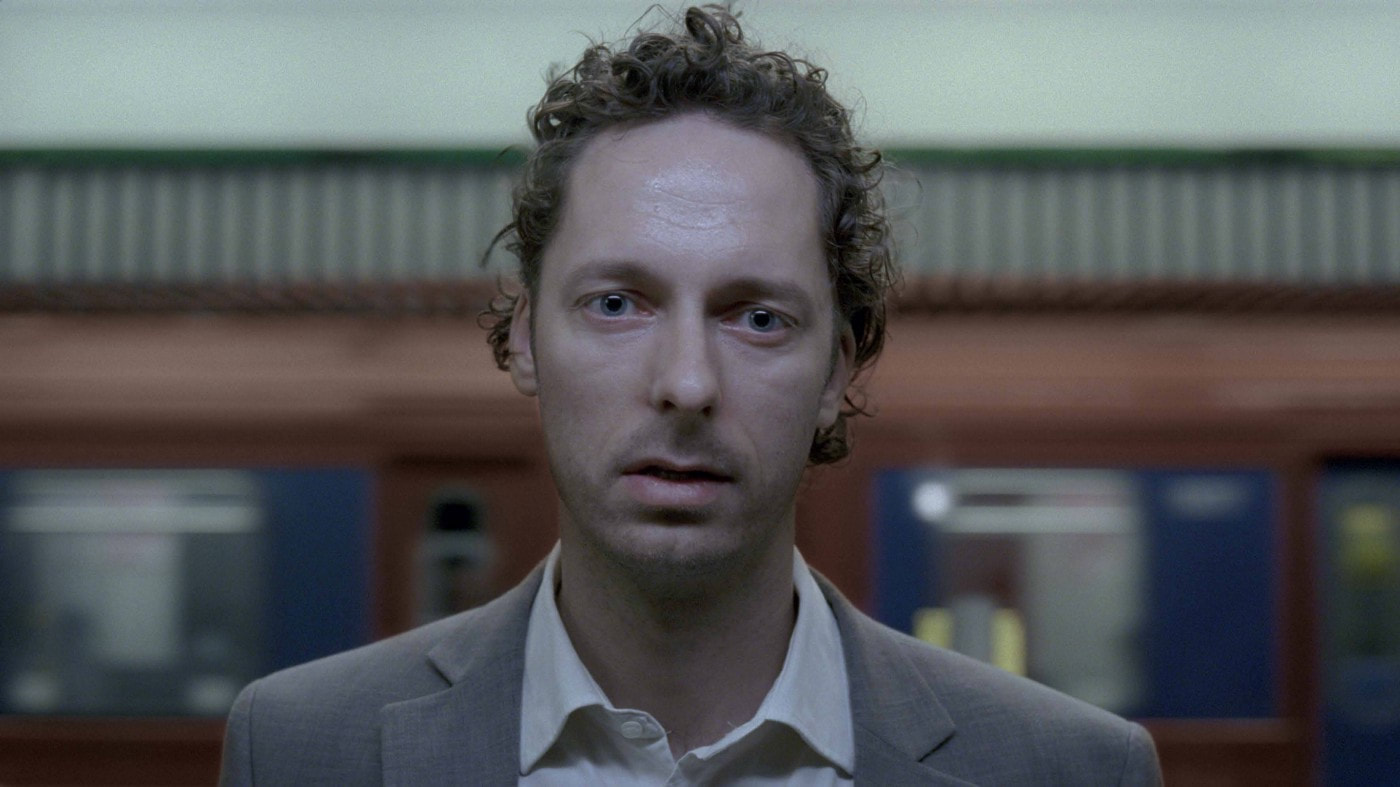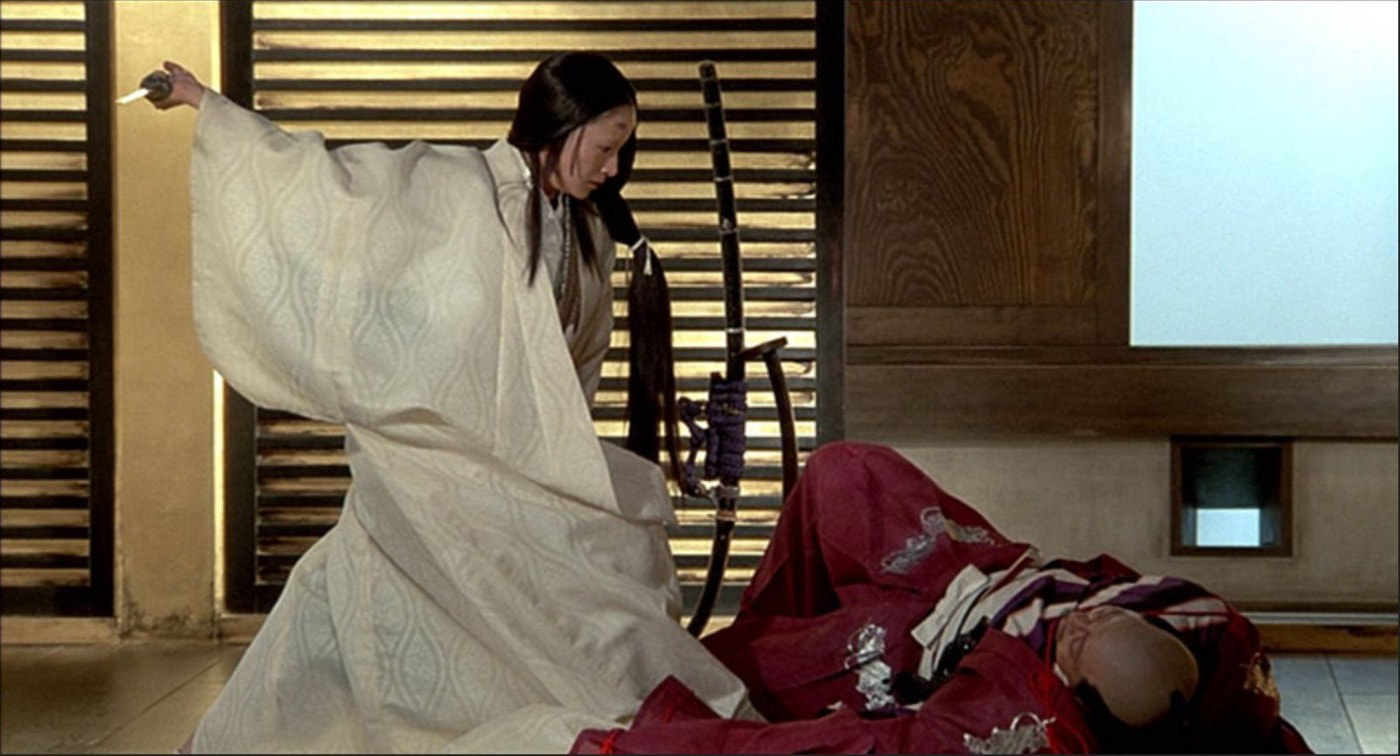
In Between Dying was written and directed by Hilal Baydarov in 2020. It was filmed primarily in Baydarov ’s home country of Azerbaijan which sits on the northern border of Iran and the western shore of The Caspian Sea, in the heart of the Caucasus Mountains.
The film takes place almost entirely outdoors in front of a static camera. Baydarov uses a wide aspect ratio to take in the endless horizons that spread before the viewer like a mythological stage.
The film unfolds at a distance. Even as drama develops on the screen we feel more like an observer than a participant. The distance provides a space to consider what is happening. It is not as though we are detached, it is more that the distance allows us to take in a larger context. Without close-ups, without gritty specifics, the film lends itself to a kind of universal narrative. The main character Davud is less of an individual and more a figure in a story, a protagonist in a folk tale or legend.
Watching Baydarov’s film will surely bring Tarkovsky to mind. Both men have a meditative approach to filmmaking. Advancing the plot is less important than rumination. You can describe films by both men as “slow” but their pacing allows their content to expand. A slow camera is an observant camera. The amount of time a camera spends on any given subject, be it human or otherwise, the more the audience will see that subject as meaningful and important.
With both Baydarov and Tarkovsky the landscape and the elements of nature are prominent features that help enrich the meaning of a scene. In Stalker, the guide can not just walk through the landscape. His every move is a calculation, a chess move. Davud is less deliberate but he too is following something he does not completely see or understand. The landscape itself is a force, some kind of presence that frames all of Davud’s experiences.

Davud is running away (albeit slowly) from men who have been sent by a gangster to kill him. Davud has no destination, only the need to escape, however, there is little sense of urgency. He putters along on a motor scooter stopping to talk with passers-by and to gaze out at the landscape but he manages to stay one step ahead of his pursuers.
When Davud stops to talk with someone the dialogue is simple, and matter of fact. Here he is talking to a woman he finds sitting by the road.
Davud: “Why are you sitting here?”
Woman: “Me? My husband drinks. All-day. When he comes home he beats me. He drinks and he beats me. I'm fed up. I always sit here. Looking at the road is my escape. I sit all day watching the road.”
Davud: “You’re injured. Does it hurt if I touch it?”
Woman: “Yes it hurts a lot.”
However, the narrative of the film is often interrupted by images from some kind of liminal space where Davud wanders in a field with a white horse and a woman holding a child. When in this space he engages in poetic and philosophical reveries. “Today I wrapped myself in darkness. Darkness is everywhere. There is a war there. But here, there is blood everywhere. The blood drips from the door. The horse was white. The color of white is blood. A bride wraps herself in white. From now on I am a bride.”
This last line becomes a title that appears on the screen. The film is cut into something like chapters by these reveries and text.

At each of Davud’s stops, someone ends up dying. He leaves behind him a trail of corpses that his pursuers find. Davud could be an angel of death, or he could be a catalyst that brings about something that needs to happen. His interactions with these people often result in some kind of radical change or life-altering choice. It’s as if his efforts to escape inspire others to do the same.
All of the people he meets are women, each trapped by traditions of patriarchy. When he leaves each has found a way out. Their escapes are often messy and drastic, but they are still liberating.

The gangsters who follow Davud provide a sardonic comic relief from the heady philosophical musing of Davud. They follow behind Davud stumbling across each corpse and as they do they ask each other the questions that the audience wants to ask, “Where is David going?” “Why are all these people dying?” “Does Davud have some mystic power?”
In Between Dying is a vantage point. The specific details of the plot matter less than the point of view it constructs for us. We are watching an allegorical narrative scroll by that disappears and reappears in an endless fog. In an interview, Baydarov explained that his films are intended to be emotional experiences more than logical progressions. Even In Between Dying’s title defies linear rationality. Dying is supposed to be a one-time occurrence but for Baydarov dying is a transition. Our past selves, our past decisions, our past perceptions die to make way for new decisions and new selves which in turn will pass away to make way for the next incarnation.

Spoilers Ahead
A film like In Between Dying doesn’t really need an ending. Baydarov ends it by cycling back to where it began. We find ourselves back in David’s home where he finds his mother still lying on the couch and on the verge of death. When she finally passes away it is the end of where he began which seems to provide both closure as well as an invitation to begin something new.

If you enjoyed this article you may also enjoy -
https://filmofileshideout.com/archives/favorite-scenes-no13-nostalgia



